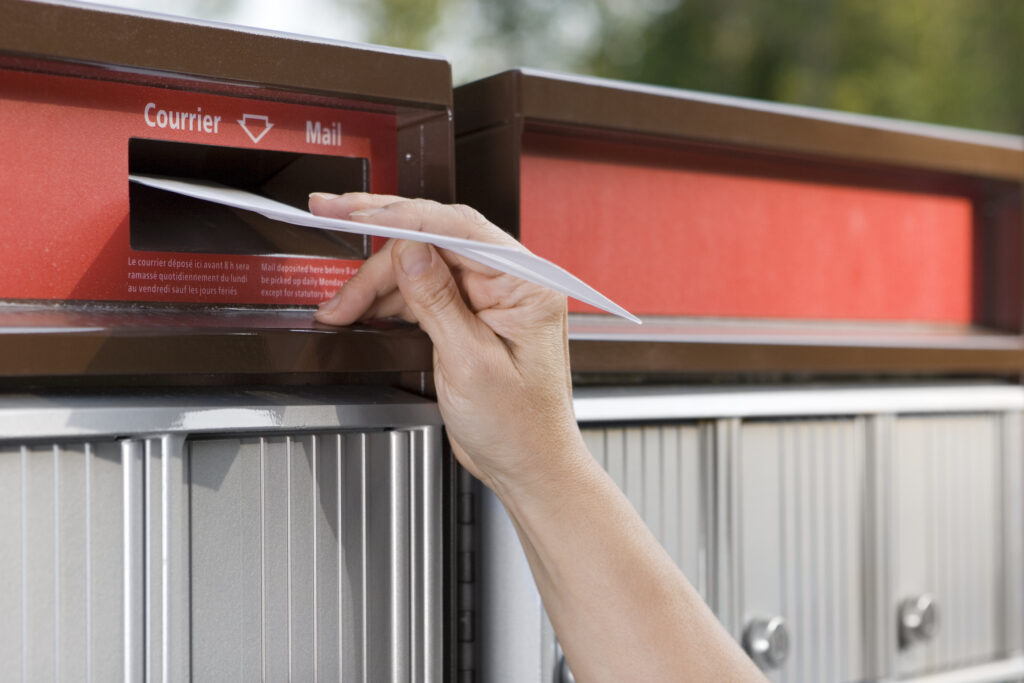What is Double-Dipping in the Context of Marital Breakdown?
When I first heard this terminology at work, I was instantly reminded of the Seinfeld episode when George Costanza got into an argument over the social acceptableness of “double-dipping the chip in the dip”.
Although amused to think of this Seinfeld episode, in the context of family law and divorce proceedings and the division and equalization of net family assets and determining spousal support payments, “double-dipping” is very different than this Seinfeld episode previously referred to.
What follows is an explanation of double-dipping from a Chartered Business Valuators’ (“CBV”) perspective to assist with understanding the concept for family law purposes and when it is and is not applicable.
In the context of matrimonial matters, “Double-Dipping,” refers to a legal matter where one spouse effectively gets paid two times for a single asset. In our experience the courts attempt to avoid situations where one spouse will receive double payment for a single asset in the divorce process, as we understand that the foundation of family law is based on fair and equitable outcomes for both spouses. However, there are certain exceptions relating to this issue of double dipping.
Examples of Double-Dipping
The most common example of double-dipping that the courts look to avoid are situations where an asset is included in an individual’s net family property at market value for equalization purposes (i.e. a residential rental property or portfolio of investments) and then that property is disposed of after separation and a capital gain is reported on that same individual’s personal tax return. Since the capital gain has effectively been included in any equalization, that same capital gain resulting from the disposal of the property, should not be included in an individual’s income for purpose of determining spousal support.
Another common example relates to pensions for which the courts also look to avoid pertains to pensions that are equalized upon marital dissolution. For example, let’s assume that a pension is worth $1,000,000, at the Date of Separation and has been subject to equalization as part of the settlement for the marital breakdown. Over time, as the recipient of the pension receives distributions from the pension, the value of the pension is going to decline in value. As such, if the recipient was paying support on the pension income then they would effectively be paying their ex-spouse twice – once on the equalization of the pension at Date of Separation (essentially $500,000 or 50% of the pension’s value) and then again on the drawdown of the pension’s value as the income is received. This is also indicative of a “double dip” situation.
Exceptions to Double-Dipping
The most typical exception becomes evident in cases where the divorcing couple owns a business as an asset of the marriage. In determining the value of the business for equalization purposes, the income stream generated by the business is often a key driver and prime determinant of determining the overall value of the business under certain valuation methodologies.
When the value of the business is divided pursuant to an equalization payment, the income stream has essentially been captured to determine the overall business value. Thus, in theory, it could be said that the courts do allow double-dipping in the case of a business since the income has been factored to both the valuation and equalization and then again by using the same income stream to determine spousal support.
However, the distinction that the courts have made when comparing a possible double-dip from a business as compared to a pension is whether the asset is a liquidating asset (pension) versus non liquidating asset (business enterprise) and the asset(s) ability to appreciate in value regardless of whether the income stream generated is spent or not. When businesses produce income, the asset (i.e. the business) is unaffected as the income is spent. The courts have thus concluded that the value of a business can be equalized, but not depleted solely by producing income and distributing it to its owners. A sample case where this position has been documented is in the case of Halliwell v. Halliwell, the courts found that in respect of familiar assets consisting of holdings in a business “…it is not proper to consider double recovery when dealing with assets that are not liquidating assets… There is no double recovery in this case.”
At the end of the day, the double dipping issue is not always clear and is often dependent on the circumstances in play. There are certain businesses that might have a short life span and could be considered a liquidating asset. Accordingly, the double dipping issue requires special attention, both from a valuation and income perspective, and if that is a factor for you hopefully you will fair better than George Constanza did when it comes to double dipping.
For additional information about Double-Dipping, Business Valuation and/or Family Law support, please contact Ian Lobo, CPA, CA, CBV, CFF, Principal and Vice-President or Trevor Hood CPA, CA, CBV, CFF, Partner and President Valuation Division.



